The Douro Valley, Portugal's storied wine region, has witnessed an unprecedented surge in tourism as vineyard estate bookings skyrocket by 200% over the past year. This dramatic uptick reflects a growing global fascination with immersive wine tourism experiences that blend luxury accommodations with authentic viticultural heritage. Travelers are no longer content with merely tasting ports in crowded cellars; they crave sunrise over terraced vineyards, hands-on grape harvesting, and falling asleep to the scent of aging oak barrels.
What’s driving this boom? Industry analysts point to a perfect storm of post-pandemic pent-up demand, strategic marketing by regional cooperatives, and a shift toward "slow travel" philosophies. The Douro’s UNESCO World Heritage status—awarded in 2001 for its breathtaking cultural landscape—has gained renewed attention as travelers prioritize destinations with both aesthetic beauty and historical significance. Unlike the hurried pre-2020 tourist mentality, visitors now linger for weeklong stays, often combining multiple quintas (wine estates) within a single itinerary.
The accommodation revolution in the Douro goes beyond mere room availability. Historic manor houses that once served as seasonal residences for port wine families have undergone meticulous restoration. Properties like Quinta Nova de Nossa Senhora do Carmo now offer concierge services arranging private boat tours along the Douro River, while Quinta da Pacheca’s wine barrel-shaped guest suites have become Instagram darlings. This transformation from working vineyards to hybrid hospitality ventures required substantial investment—many estates partnered with Portuguese architectural firms specializing in heritage preservation to maintain authenticity while installing modern luxuries like infinity pools carved into hillsides.
Surprisingly, the demographic breakdown reveals unexpected trends. While baby boomers still dominate wine tourism globally, the Douro’s new visitors skew younger, with 38% of bookings coming from millennials and Gen Xers. "They’re not just here to drink," notes Sofia Almeida, marketing director for the Douro Tourism Board. "They want masterclasses on organic viticulture, blend-your-own-port workshops, and hiking trails connecting vineyards. Some even time visits to participate in the ancient foot-treading tradition during September harvests." This experiential demand has prompted quintas to expand offerings beyond traditional tastings, creating programs like "Winemaker for a Day" where guests assist in cellar operations.
The economic ripple effects are transforming rural communities. Previously reliant on seasonal migrant labor for harvests, villages like Pinhão now sustain year-round employment through hospitality roles. Artisans report soaring sales of traditional products—hand-painted azulejo tiles depicting grapevines, cork accessories, and even vineyard-inspired jewelry. Restaurants once catering primarily to wine trade visitors now see tables booked months ahead by international tourists. "We had to triple our staff and create an English menu," admits Chef Rui Paula of DOC restaurant, whose Michelin-starred establishment overlooks riverfront vineyards. "The challenge is maintaining our soul while scaling up."
Transport infrastructure struggles to keep pace with this growth. The regional airport in Vila Real handles limited commercial flights, forcing most visitors to connect via Porto. Helicopter transfer services between Porto and the Douro have emerged as a premium alternative, with operators reporting 150% increased demand. On the ground, narrow mountain roads designed for tractors now accommodate rental cars and small tour buses, prompting local authorities to accelerate long-delayed widening projects. "We’re walking a tightrope," says Mayor José Manuel Gonçalves of Sabrosa. "Improving access without destroying the valley’s untouched charm that drew people here initially."
Climate change adds complexity to the valley’s success story. Rising temperatures have already altered grape harvest calendars by nearly three weeks over the past decade. While this extends the tourist season, it also forces vineyards to adapt farming techniques. Some forward-thinking quintas now incorporate climate education into guest experiences, offering tours of experimental plots testing drought-resistant grape varieties. "Tourists don’t just want to hear about our history anymore," explains winemaker António Sousa at Quinta do Crasto. "They ask intelligent questions about sustainable practices because they’ll be drinking these wines in 20 years."
The booking surge hasn’t been entirely smooth. Overcrowding concerns prompted the Douro Tourism Board to implement a "quiet season" marketing strategy, promoting November through March visits with perks like barrel room dinners and truffle hunting. Some heritage-protected quintas now limit daily visitor numbers, creating exclusivity that paradoxically drives more demand. "We turned away 1,700 reservation requests last year," reveals Quinta do Vallado’s manager Carlos Rodrigues. "But that scarcity makes people plan further ahead—we’re already 80% booked for next harvest season."
Looking ahead, the region faces critical decisions about sustainable growth. Proposed regulations would require new vineyard hotels to generate at least 40% of energy from renewable sources, while preservationists push for stricter limits on nighttime lighting to protect the valley’s starry skies. The very definition of wine tourism is evolving here—no longer just drinking, but living the rhythm of the land. As one recent visitor from California blogged: "The Douro doesn’t just change how you taste wine; it changes how you taste life." With bookings showing no signs of slowing, Portugal’s ancient wine country has uncorked a transformative new chapter.
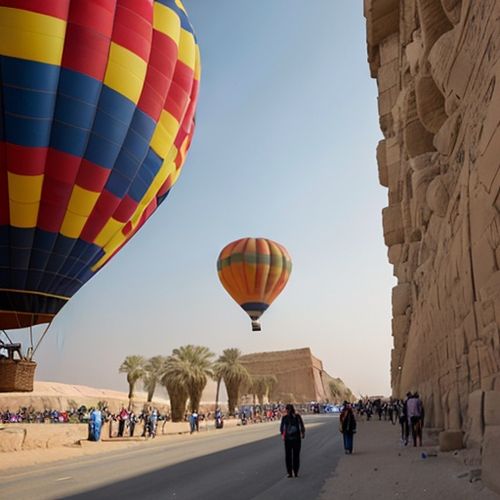
By John Smith/Apr 11, 2025
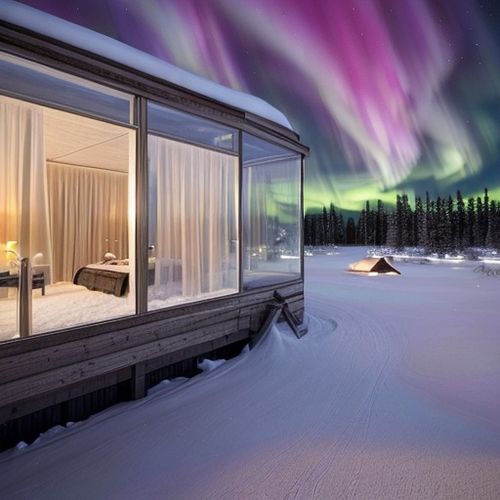
By Samuel Cooper/Apr 11, 2025
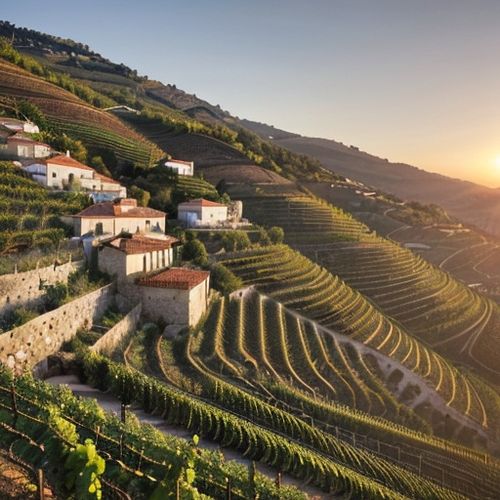
By George Bailey/Apr 11, 2025
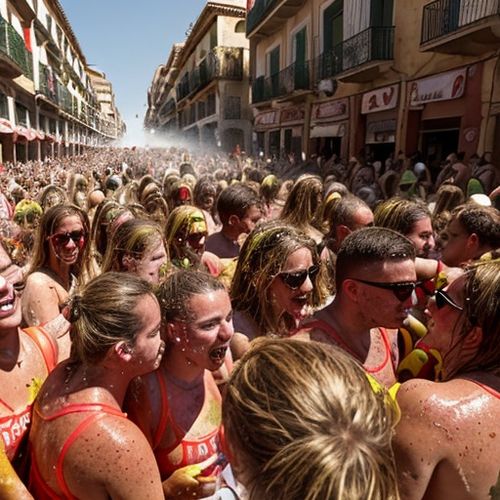
By Thomas Roberts/Apr 11, 2025
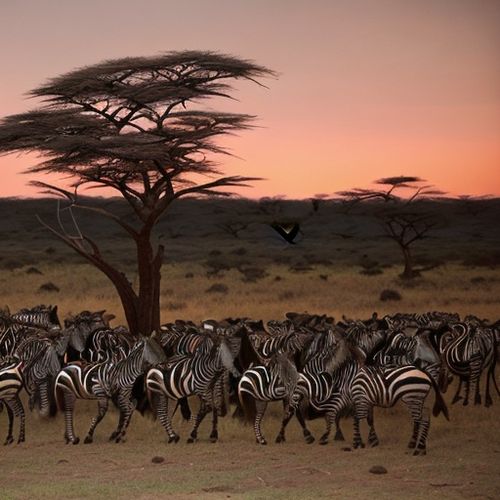
By Lily Simpson/Apr 11, 2025
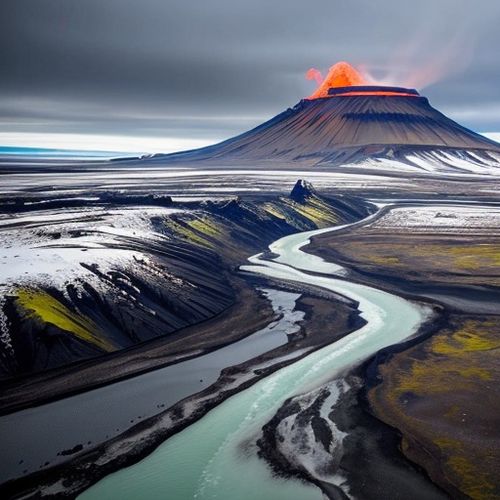
By Jessica Lee/Apr 11, 2025
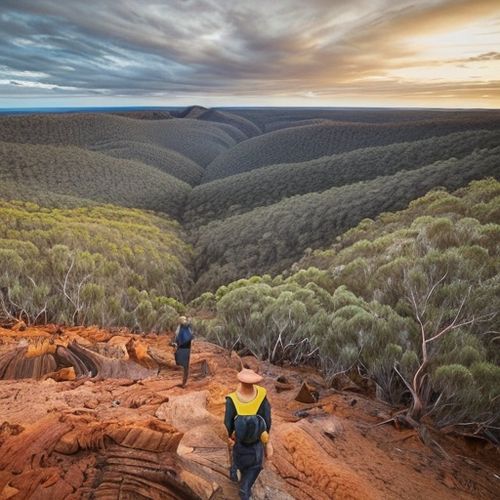
By Laura Wilson/Apr 11, 2025
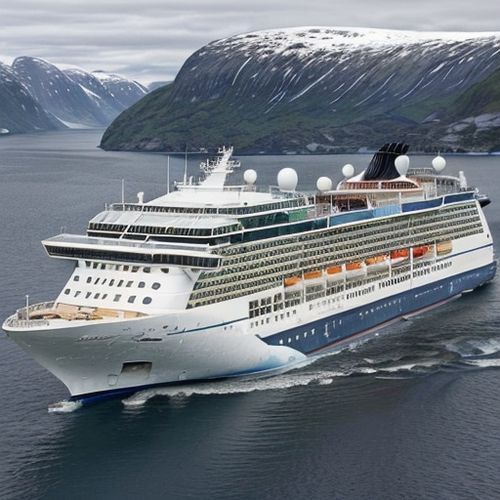
By Olivia Reed/Apr 11, 2025

By Noah Bell/Apr 11, 2025
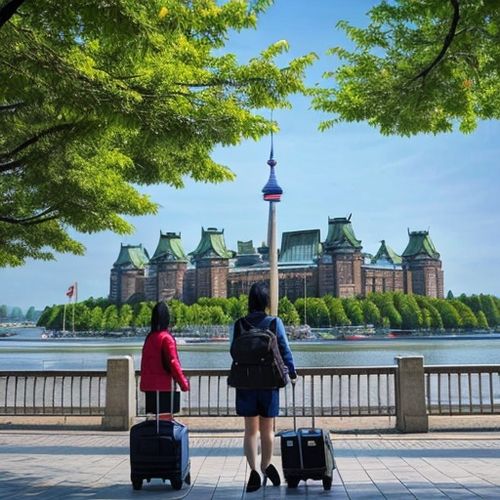
By Christopher Harris/Apr 11, 2025
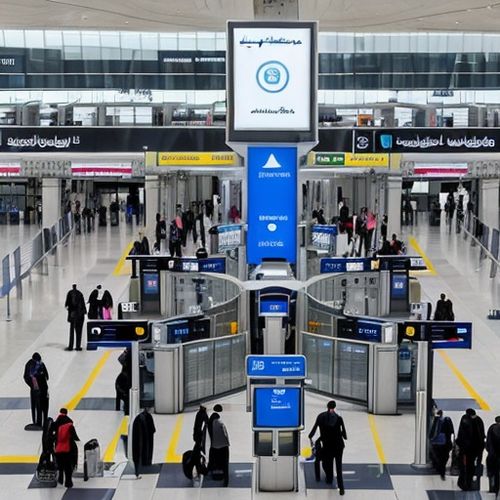
By Emma Thompson/Apr 11, 2025
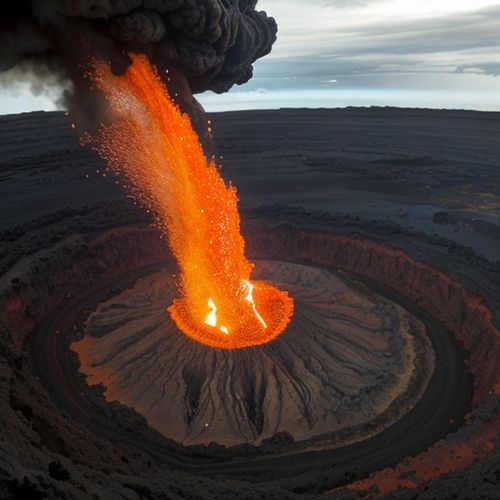
By Ryan Martin/Apr 11, 2025
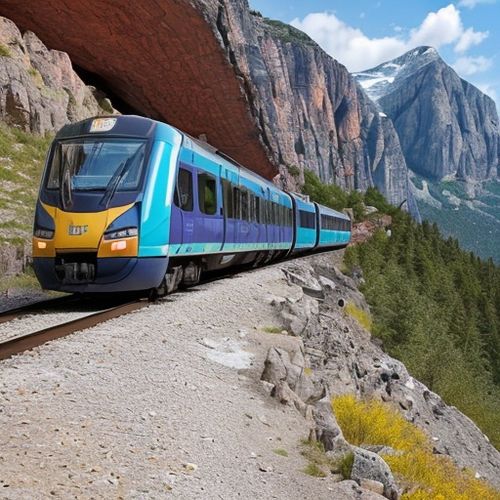
By Grace Cox/Apr 11, 2025

By Sarah Davis/Apr 11, 2025
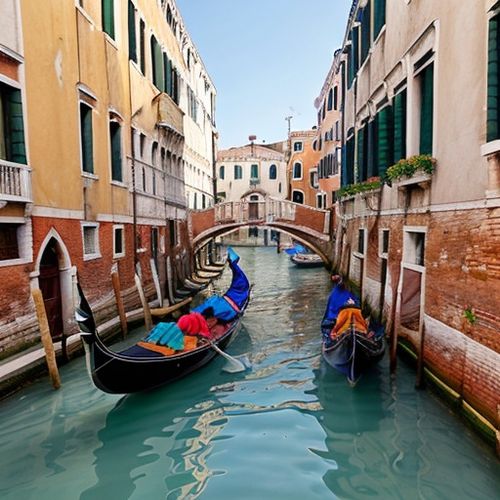
By James Moore/Apr 11, 2025

By Emma Thompson/Apr 11, 2025
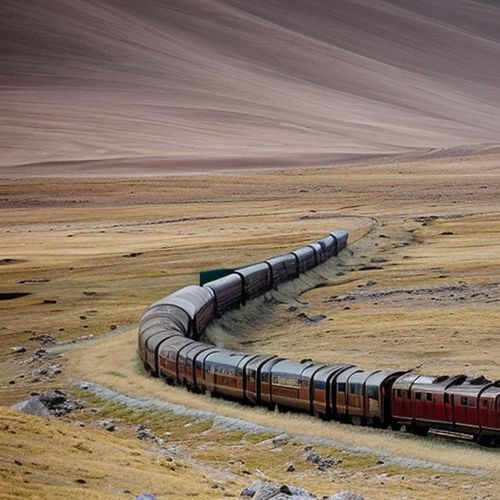
By James Moore/Apr 11, 2025
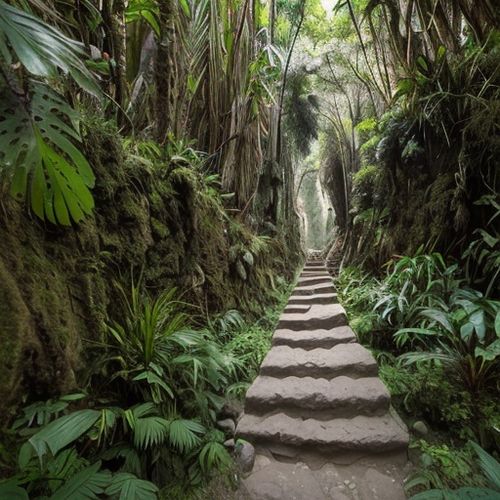
By Victoria Gonzalez/Apr 11, 2025
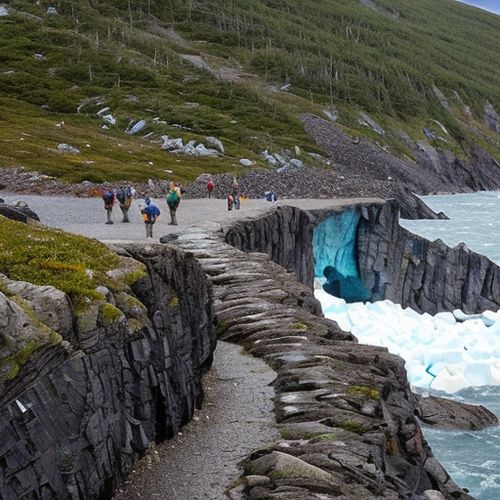
By Michael Brown/Apr 11, 2025
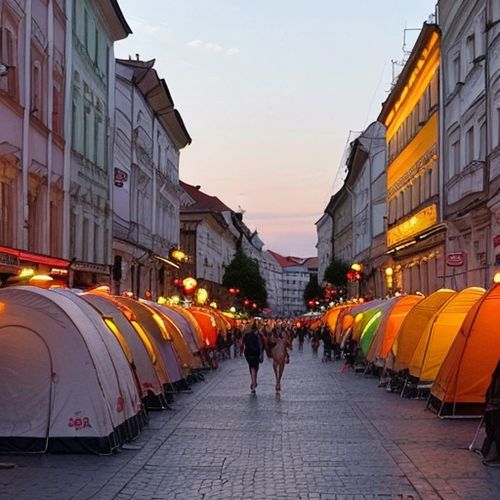
By Grace Cox/Apr 11, 2025